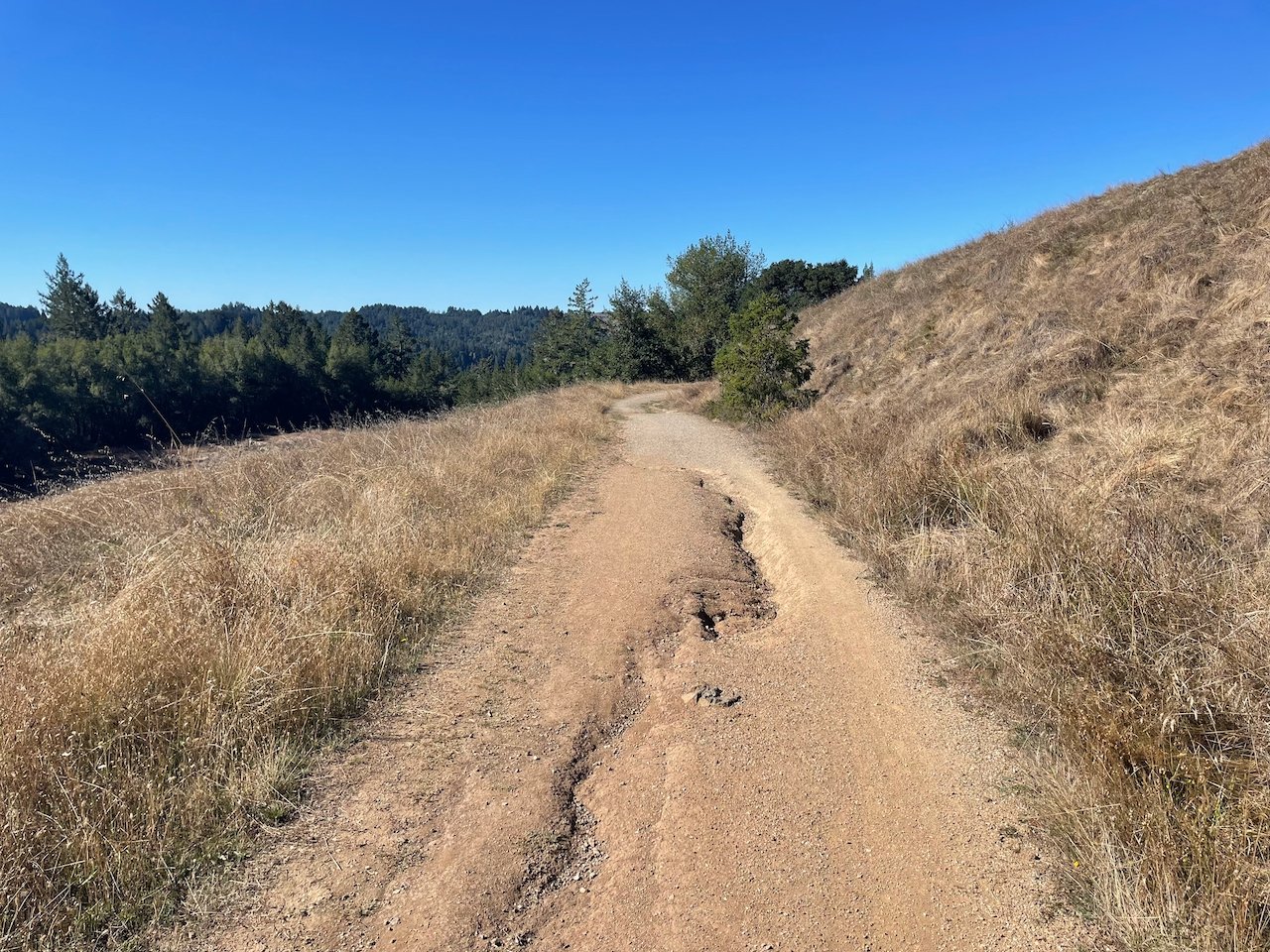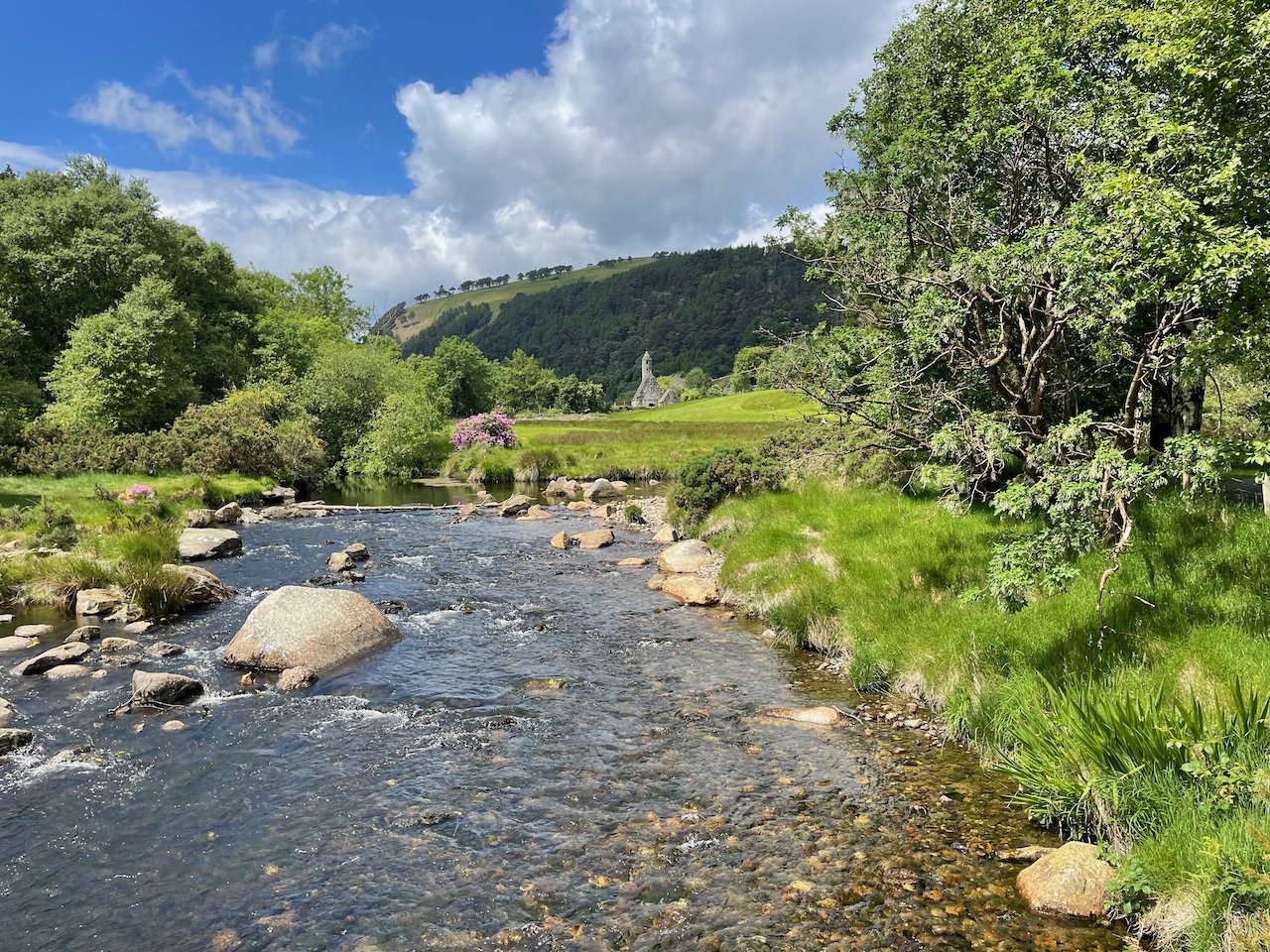Pilgrimage
Over the past years studies have shown that anxiety and depression are rising dramatically in teens and on college campuses, that both men and women have fewer close friendships, and that deaths of despair are increasing. Relatedly, we are learning that loneliness can be as harmful to our health as obesity and smoking. We are also aware of the deepening divisions in our communities and the breakdown of formerly trusted institutions. The stories around us don’t seem to be getting better.
However, from the first chapters of Genesis through to Revelation, God called people to walk the good way - that better story. This invitation continues today. As we start an intentional journey of becoming aware of the narratives shaping our lives and the nourishing stories that God has deeply rooted in our hearts, that good story begins to inhabit our being. This story celebrates life in all its beauty and goodness, heals our souls, invites us into good work, seeks justice, and creates community as we become drawn to God’s loving presence.
What does this look like?
It starts with standing and looking - it may be at a crossroads in life or just somewhere along the path. This involves taking time to consider the narrative(s) that are shaping life now and the one(s) that are drawing our hearts to walk a new path.
It continues with naming God’s good story that is speaking to our hearts. This is grounded in God’s Word. It may also be related to the life of a saint like Francis; to a period or person in history like the Civil Rights era and Rosa Parks; to an author like Charlotte Bronte; or to a place related to your family like an old homestead.
However, we don’t just consider these stories, but step out of our current places and walk towards that new story. This can be done through travel around the world, across the country, or in our own neighborhoods. It can be for a couple of hours, a week, or a lifetime.
As we step out we enter a liminal space, a place in between the narratives that are currently shaping our lives and those to which we are drawn. In such liminal spaces, God opens us to possibilities and learning since we have left our usual ways and are on new paths. It is possible to sit in fear in this uncertainty, so it’s important to engage in practices that help us remain open to God’s promptings and new stories during this time. These can include a variety of spiritual disciplines, creative play, community gatherings, reading, and more.
Some type of physical movement in this time in between also helps the mind and heart reshape as the body physically creates a new path. If that story is related to a place where it’s possible to travel, the physical journey is a means to step out of everyday life and to walk deeply into a new way. Yet, a walk in a local park or down the block can serve this purpose as well.
In addition to the story and the movement in this liminal space, we will often encounter other pilgrims. Perhaps we are traveling together, or just meet up along the way. The stories and presence of these companions influence our journeys and continue to reshape our stories.
Upon arrival at the place that holds the story that started the journey, we pause for reflection - on the story we have been traveling to, on the companions, on God’s presence with us. It’s likely that the reshaping of our own stories has taken place without our awareness, at least without us actively engineering the change. This is a time to offer gratitude to God with open hands and hearts.
At the end of the pilgrimage, we return home to our families, workplaces, and communities. However, we are not the same. We are invited to weave the transformation from pilgrimage into our ongoing stories, planting roots deeper into God’s story - living a life of pilgrimage and inviting others to join us along the way.




